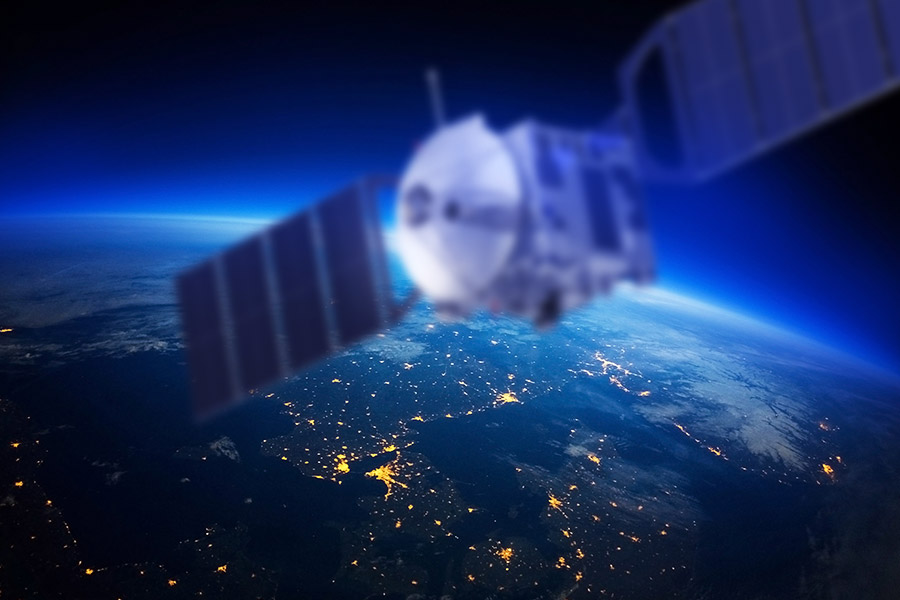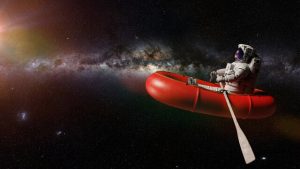60 years of European space history: Europe’s space odds for the future
10th Dec 2021
The V-1 ballistic intercontinental rocket, invented by the German scientist, Wernher von Braun in 1942, is rightfully considered the first ancestor of space launchers and the beginning of the European space industry. If not for the Second World War, which Germany unleashed three years earlier, the country would most likely be the first nation in space. After all, the fundamental technology of launchers today remains the same as it was 70 years ago.
However after the fall of fascism in 1945, many Western European scientists, in particular Von Braun, left to work in the USA and the USSR, realising that their countries’ national projects would not be able to compete with these superpowers for a long time. And yet, the scientists who remained never gave up trying.
The beginning: ELDO and ESRO

In 1958, after the first successful space flights of the USSR and the United States, the outstanding French and Italian physicists Pierre Auger and Edoardo Amaldi, not without help, took the initiative to the European governments to create a “purely scientific” joint organisation for space research. After lengthy discussions, two different applied agencies were created in 1964: ESRO – for the development of spacecraft, and ELDO – for the development of launch systems. The first one focused on three areas:
- The program of sounding rockets and the satellite program Blue Book, aimed at studying the ionosphere and auroras, the physics of the atmosphere, the Sun, stars, and gamma radiation
- Telecommunication satellite program.
ELDO took over the Europa rocket program.
Despite the combined efforts, only the sounding rocket European space program has proven truly successful. The project exceeded all expectations due to the larger than anticipated payload and the longer rocket range. However the satellite and the Europa program have undergone many changes, mainly due to financial and organisational problems in ELDO and ESRO, and brought only partial results. In particular, the Europa project faced problems with testing the second and third stages and was closed after five unsuccessful launches in a row. Furthermore, the telecommunications European space program was severely delayed due to the unfavourable political situation between erstwhile members of ESRO.
As a result, in 1975, the member states decided to merge both organisations into one. That’s how the European Space Agency was founded, marking a new era in the development of the European space industry.
Brief history of the European Space Agency
Ten countries entered the ESA: Belgium, Germany, Denmark, France, Great Britain, Italy, Netherlands, Sweden, Switzerland, and Spain. Ireland joined later that year, and Canada became a partner in 1978.
Although the Europa program did not live up to expectations and was closed, it gave rise to a new project, Ariane, which eventually became successful. Within its framework, the French company Arianespace, created five modifications of light, medium, and heavy launch vehicles, which, during the European Space Agency history, made a total of 245 launches from 1979 to 2021! Ariane 5, soon to be replaced by Ariane 6, is still in service today.
The second successful European space program – the Vega rocket project – took almost 14 years. Vega’s first successful launch took place from ESA’s Kourou site in French Guiana in 2012. Since then, the rocket has made 17 successful launches out of 19.
ESA today and tomorrow
Today, the European Space Agency unites 22 European countries and deals with dozens of different missions. Describing all of them will take too long, but you can familiarise yourself with each mission on the ESA’s site using this link. Here, we will list only the priority areas of Europe’s activities in space:
- Space Safety & Security
- Space weather
- Risky asteroids
- Space debris
- Clean space
- Secure space
- Space Tourism
Over the past 15 years of the European Space Agency history, ESA’s budget has grown from 3 to 14 billion euros per year. The bulk of investment is in Germany, France, and the UK. Despite Brexit, the latter continues to be a key member of the ESA and participates in many programs. Besides, thanks to the UK space programme, in the next two years, Europe can get new launch sites in Scotland, Wales, and West England, as well as new micro launchers developed by private Scottish aerospace companies Orbex Space and Skyrora. This means that Europe can soon become second in the space race, following the USA, overtaking China, and leaving Russia far behind. In the meantime, we will have to wait and see what the future holds for the European space industry.






Thank you for your comment! It will be visible on the site after moderation.